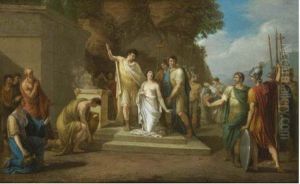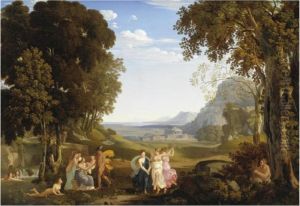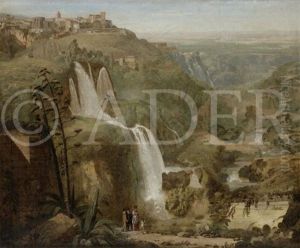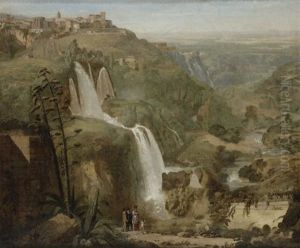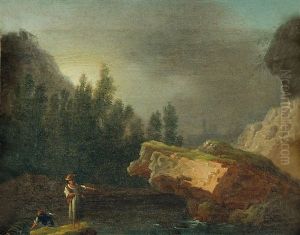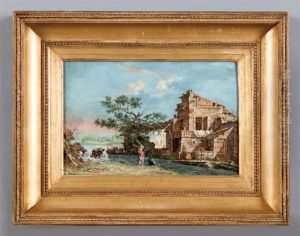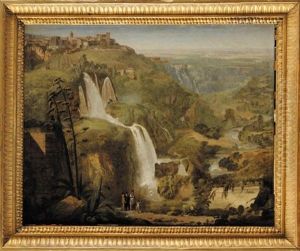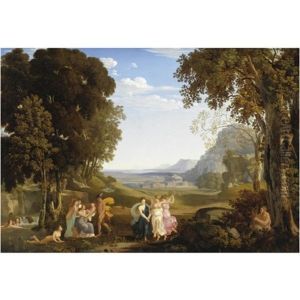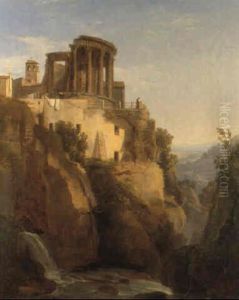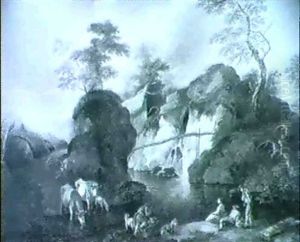Luigi Basiletti Paintings
Luigi Basiletti was an Italian artist born on September 25, 1780, in Brescia, a city in the Lombardy region of Italy. He is known primarily for his work as a painter and architect, contributing to the neoclassical movement that was prominent in Europe during the late 18th and early 19th centuries. Basiletti's education and career were deeply influenced by the cultural and artistic ferment of his time, a period marked by a revival of interest in the classical art and architecture of Ancient Greece and Rome.
Basiletti's artistic journey began in his hometown, but his talent and ambition soon led him to further his studies and work in other parts of Italy and Europe. He was particularly influenced by the works of prominent neoclassical artists and architects such as Antonio Canova and Andrea Palladio. Basiletti's oeuvre includes a variety of works, ranging from architectural designs and restorations to paintings and sketches. His contributions to architecture are noted for their adherence to classical principles, incorporating symmetry, harmony, and simplicity.
Throughout his career, Basiletti was involved in significant projects, including the restoration and design of buildings and the creation of artworks for both public and private clients. His work earned him recognition and respect among his contemporaries. Despite the prominence of neoclassicism during his lifetime, Basiletti managed to infuse his work with a personal touch, subtly incorporating modern elements into his classical designs.
Luigi Basiletti's legacy is preserved in the collections of various museums and institutions, as well as in the architectural landmarks he helped design or restore. His contributions to the neoclassical movement have been acknowledged by art historians and critics, who regard him as an important figure in the transition between the classical revival and the emergence of modern architectural and artistic sensibilities. Basiletti passed away on July 8, 1859, in Brescia, leaving behind a body of work that continues to be studied and admired for its beauty and adherence to classical ideals.
